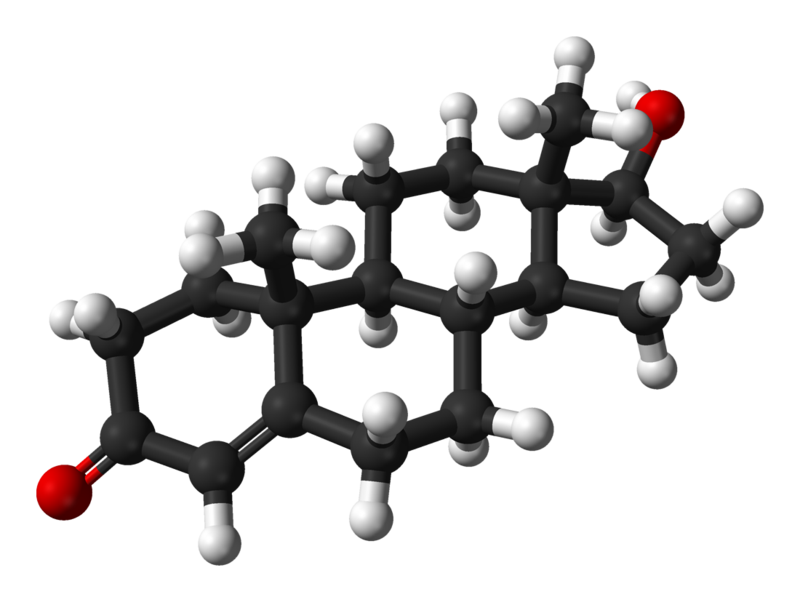Over 100 Fast-tracked Drugs Not Confirmed Effective

Of 253 drugs approved via the FDA’s accelerated approval pathway, clinical effectiveness has been confirmed in 112, according to a new investigation by The BMJ.
Clinical reporter Elisabeth Mahase found that, as of the end of last year, 24 of those 112 drugs have been on the market for more than 5 years, and some have been on the market for more than 2 decades — often with a high price tag, according to.
Though the accelerated approval pathway allows drugs onto the market before efficacy has been established, the manufacturer has to perform confirmatory trials or else the approval will be rescinded.
However, Mahase noted that only 16 drugs authorised through the accelerated approval pathway have been withdrawn since its creation in 1992 . Most of those were shown to lack efficacy, but in some cases, confirmatory trials were simply never done. Celecoxib (Celebrex), for example, was given accelerated approval in 1999 for the treatment of familial adenomatous polyposis, a genetic disorder that carries a high risk of bowel cancer if untreated, remained on the market for about 12 years before the FDA asked Pfizer to voluntarily withdraw it for this specific indication because efficacy trials were never completed.
The BMJ asked the manufacturers of 24 drugs that have been on the market for more than 5 years if they had conducted phase IV trials. Six drugs had been withdrawn, approved, or postponed. Of the remaining 18 drugs, relevant trial information was provided for a third. Four manufacturers of those six drugs were recruiting participants, and two reported talking to the FDA about final trial design. Eleven companies representing 12 drugs did not respond.
FDA response
“We are committed to ensuring the integrity of the accelerated approval program, which is designed to bring safe and effective drugs to patients with unmet medical needs as quickly as possible,” an FDA spokesperson said in a statement provided to MedPage Today. “The program allows the FDA to approve a drug or biologic product intended to treat a serious or life-threatening condition based on an outcome that can be measured earlier than survival that demonstrates a meaningful advantage over available therapies.”
The FDA could choose to initiate proceedings to withdraw a drug’s approval should post-marketing trials show no benefit or not be performed in time, added the spokesperson.
“Because the FDA continues to use this pathway to accelerate access to drugs for serious and life-threatening diseases for which there is an unmet medical need, at any point in time there will be drugs that are not converted because the confirmatory trials are ongoing,” the spokesperson said.
“Despite the pathway’s good intentions to accelerate ‘the availability of drugs that treat serious diseases,’ experts are concerned that it is now being exploited, to the detriment of patients — who may be given a drug that offers little benefit and possible harm — and of taxpayers,” she continued.
Fixing the accelerated approval pathway
Concerns about the accelerated approval pathway include a lack of threats from the FDA to withdraw a drug should confirmatory trials not be done, the agency’s use of indirect (or surrogate) measures of clinical benefit in some cases, and the potential for drug manufacturers to take advantage of the pathway when it comes to actual measures of safety and effectiveness, Mahase wrote.
Nevertheless, experts still agree that the accelerated approval pathway is of benefit, she noted. Suggested changes to the pathway include planning or starting confirmatory trials as part of the approval as well as closer examination of surrogate measures.
A recent example is Biogen’s controversial Alzheimer’s disease treatment aducanumab (Aduhelm) received FDA approval via the process last month, which was based on the surrogate endpoint of reduction of amyloid-beta plaque in the brain.
The drug has attracted criticism since its recent fast-track approval, with critics pointing out that the drug has not been proven effective and its $56 000 annual price is unreasonable.
Source: MedPage Today
Journal information: Mahase E “FDA allows drugs without proven clinical benefit to languish for years on accelerated pathway” BMJ 2021; DOI: 10.1136/bmj.n1898.










